Try to stop your jaw from dropping to the floor upon encountering the highest mountain on our blue planet. Thrilling, challenging but quite safe, trip to Everest Base Camp gives you the bragging right amid your well-travelled friends. The adrenaline-packed road trip starts from Lhasa, and passes glittering holy lakes and picturesque towns and villages.
Not only can you enjoy a galaxy of highest peaks along Great Himalaya, but also get a rare chance to meet with local Tibetans inhabited in Everest region, explore the Buddhist culture and history in dozens of exquisitely-built monasteries and temples. The tour culminates when you arrive at EBC and gaze at the summit of Mt. Everest, so up close.
Small Group Tours of Everest Base Camp
We offer completely worry-free and cost-effective Tibet small group tours that cover the most popular attractions from Lhasa to Shigatse and further to Everest Base Camp. You can enjoy the epic road trip into the heart of Himalayan region.
-
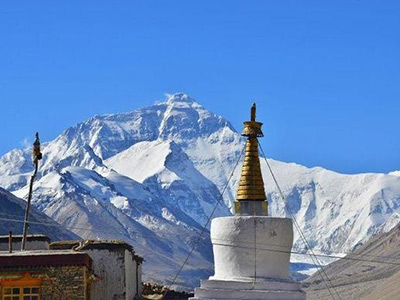
8 Days Tibet Everest Small Group Tour
Lhasa - Yamdrok Lake - Gyantse - Shigatse - Everest Base Camp - Dinggye - Sakya - Shigatse - Lhasa
Only From: USD949
View Details -
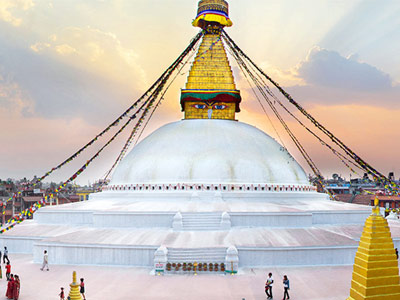
7 Days Lhasa to Kathmandu Overland Small Group Tour
Lhasa - Shigatse - Everest Base Camp - Gyirong Border - Kathmandu
Only From: USD989
View Details -
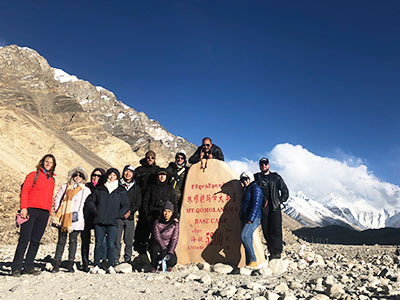
8 Days Himalaya Overland Adventure from Kathmandu to Lhasa
Kathmandu - Kyirong - Everest Base Camp - Tingri - Shigatse - Gyantse - Lhasa
Only From: USD1019
View Details -
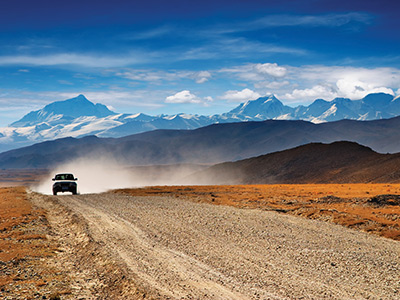
7 Days Kathmandu to Lhasa Overland trip with EBC
Kathmandu - Gyirong - EBC - Shigatse - Lhasa
Only From: USD1050
View Details -
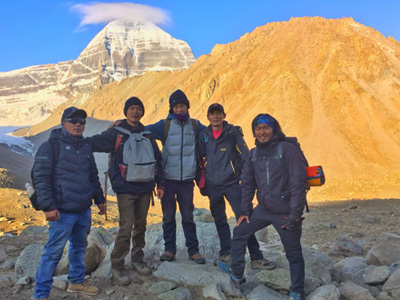
13 Days Lhasa Kathmandu Small Group Tour with Mount Kailash Trekking
Lhasa - Gyantse - Shigatse - EBC - Saga - Darchen - Kailash Trek - Darchen - Saga - Gyirong - Kathmandu
Only From: USD2069
View Details -
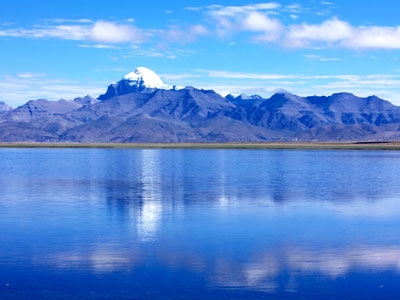
15 Days Tibet and Mount Kailash Small Group Tour
Lhasa - Gyantse - Shigatse - E.B.C - Lake Manasarovar - Kailash Trek - Saga - Shigatse - Lhasa
Only From: USD2069
View Details -
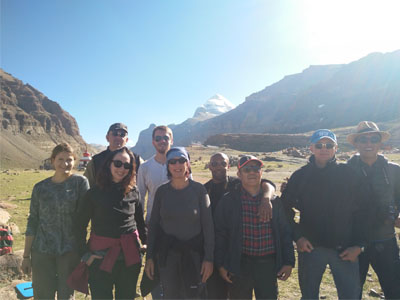
17 Days EBC Kailash and Guge Kingdom Small Group Tour
Lhasa - Gyantse - Shigatse - EBC - Saga - Darchen - Zanda - Kailash Trek - Darchen - Saga - Gyirong - Tingri - Lhasa
Only From: USD2299
View Details
Private Tours of Everest Base Camp
Our private EBC tours are tailor made per your requirements. Beside taking a car, you can ride a motorbike to EBC or trek aound Mt. Everest via different routes.
-
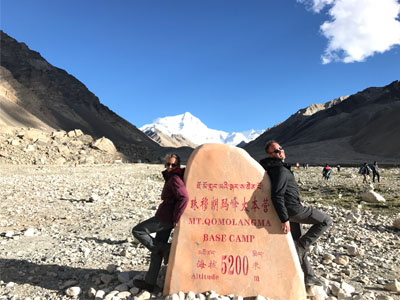 View Details
View Details4 Days Private Tour from Lhasa to Everest Base Camp
Lhasa - Gyantse - Shigatse - Everest Base Camp - Shigatse - Lhasa
-
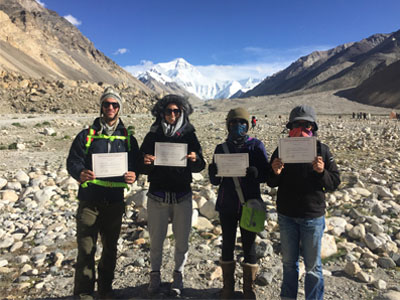 View Details
View Details7 Days Private Tour from Lhasa to Everest and Kathmandu
Lhasa - Gyantse - Shigatse - Everest Base Camp - Gyirong - Kathmandu
-
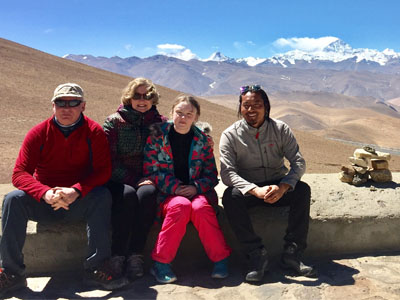 View Details
View Details8 Days Kathmandu to Lhasa Overland Private Tour with EBC
Kathmandu - Kyirong - EBC - Tingri - Shigatse - Gyantse - Lhasa
-
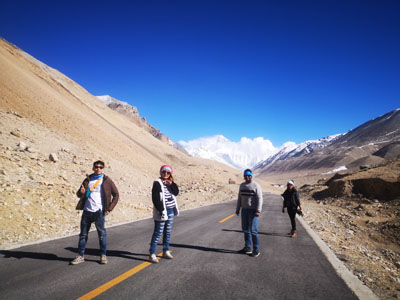 View Details
View Details8 Days Private Tour from Lhasa to Everest Base Camp
Lhasa - Gyantse - Shigatse - Everest Base Camp - Shigatse - Lhasa
-
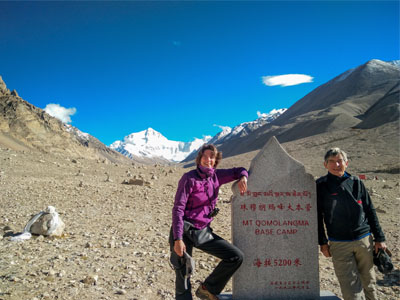
7 Days Lhasa to Everest Base Camp Small Group Tour
Lhasa - Gyantse - Shigatse - Everest Base Camp - Shigatse - Lhasa
Only From: USD869
View Details -
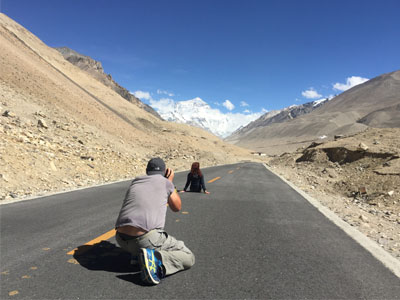 View Details
View Details9 Days Lhasa to EBC Photography Tour
Lhasa - Yamdrok Lake - Shigatse - Tingri - Everest Base Camp - Shigatse - Lhasa
-
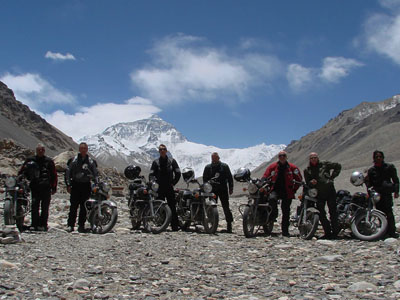 View Details
View Details9 Days Lhasa to EBC Motorcycle Tour
Lhasa - Ganden - Gyantse - Shigatse - Everest Base Camp - Shigatse - Lhasa
-
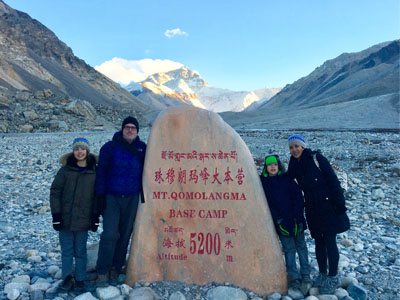 View Details
View Details9 Days Lhasa to EBC Family Tour
Lhasa - Ganden Monastery - Trubshi Village - Gyantse - Shigatse - Everest Base Camp - Shigatse - Lhasa
-
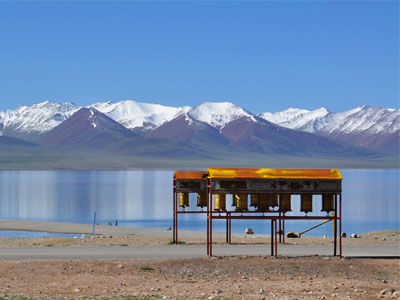 View Details
View Details10 Days Grand Natural Beauty of Tibet
Lhasa - Lake Namtso - Lhasa - Gyantse - Shigatse - EBC - Shigatse - Lhasa
-
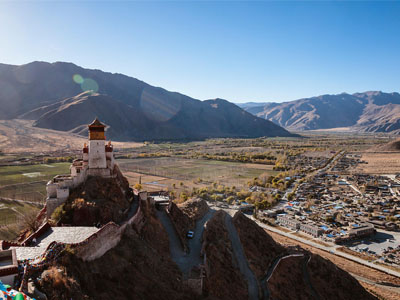 View Details
View Details10 Days Central Tibet and Everest Base Camp Tour
Lhasa - Tsedang - Yamdrok Lake - Gyantse - Shigatse - Sakya - EBC - Shigatse - Lhasa
-
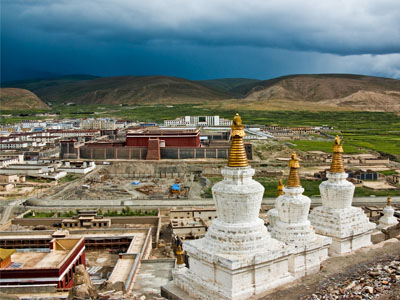 View Details
View Details8 Days Lhasa to Everest Base Camp Tour with Sakya Monastery
Lhasa - Gyantse - Shigatse - Sakya - Everest Base Camp - Shigatse - Lhasa
-
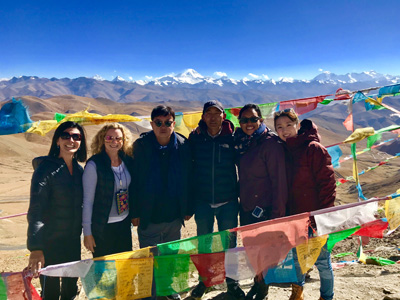 View Details
View Details9 Days Himalaya Mountain Expedition Tour
Lhasa - Gyantse - Shigatse - Everest Base Camp - Cho Oyu Base Camp - Shigatse - Lhasa
-
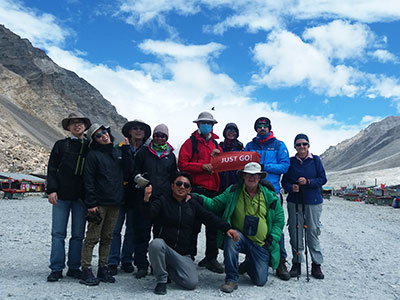 View Details
View Details12 Days Popular Tibet Trek Tour from Tingri to EBC via Ra-chu Valley
Lhasa - Yamdrok Lake - Shigatse - Old Tingri - Trekking to EBC - Sakya - Lhasa
-
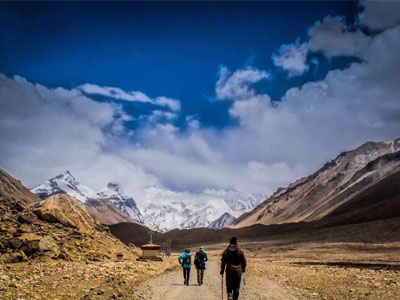 View Details
View Details15 Days Mt. Everest Trekking Tour from Rongbuk Monastery to Advance Base Camp
Lhasa - Gyantse - Shigatse - Sakya - EBC -Base Camp 1-Interim Camp -Base Camp 2- ABC - EBC - Lhasa
-
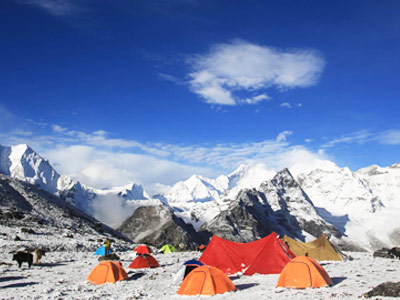
15 Days Tibet Everest Trekking Tour in Gama Valley
Lhasa - Gyantse - Shigatse - Gama Valley Trek - Shigatse - Lhasa
Only From: USD2890
View Details -
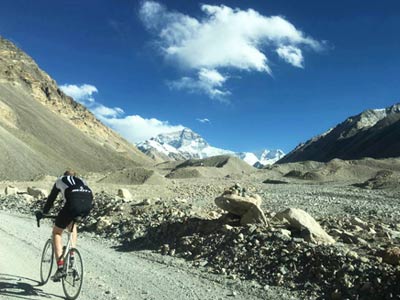 View Details
View Details17 Days Lhasa to Everest Base Camp Bike Tour cross Tibet
Lhasa - Gyantse - Shigatse - Lhatse - Shegar - Pang Pass - Rongbuk - Everest Base Camp
-
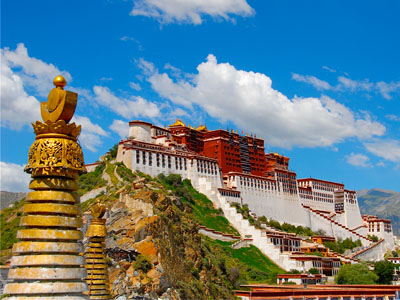 View Details
View Details14 Days Leisurely Mt. Kailash and Manasarovar Tour
Lhasa - Shigatse - EBC - Saga - Mount Kailash - Qugu Temple - Lake Mansarovar - Saga - Sakya - Shigatse - Lhasa
-
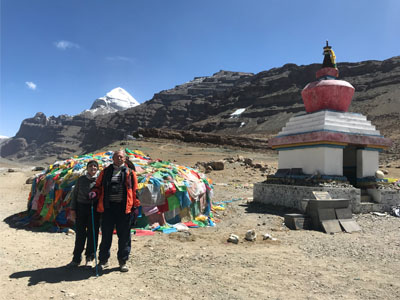 View Details
View Details15 Days Private Tour from Lhasa to Kailash and Manasarovar
Lhasa - Gyantse - Shigatse - Everest Base Camp - Saga - Darchen - Mount Kaialsh Trek - Darchen - Sakya - Shigatse - Lhasa
-
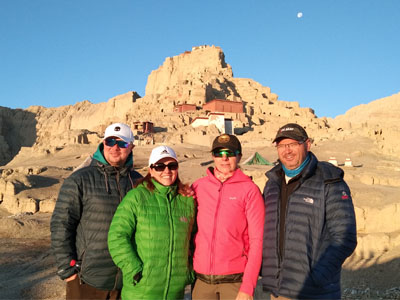 View Details
View Details17 Days EBC Kailash and Guge Kingdom Tour
Lhasa - Gyantse - Shigatse - EBC - Saga - Darchen - 3 Days Kailash Kora - Guge Kingdom - Manasarovar - Saga - Sakya - Shigatse - Lhasa
EBC Group Tours with Train Experience
Completely worry-free and cost-effective for budget travelers, small group tour package covers the hard-sleeper train ticket from Xining to Lhasa, the highlight of Tibet train journey, together with a wide choice of classic Lhasa to EBC tours. Find the itinerary that suits you best.
-
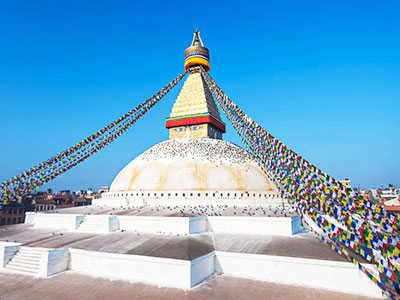
8 Days Lhasa to Kathmandu Overland Small Group Tour with Tibet Train Experience
Tibet train (from Xining) - Lhasa - Shigatse - Everest Base Camp - Gyirong Border - Kathmandu
Only From: USD1055
View Details -
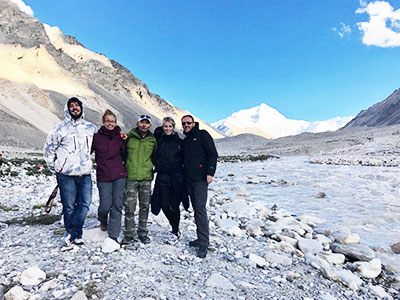
9 Days Lhasa to Everest Base Camp Small Group Train Tour
Tibet train (from Xining) - Lhasa - Yamdrok Lake - Gyantse - Shigatse - Everest Base Camp - Dinggye - Sakya - Shigatse - Lhasa
Only From: USD1035
View Details -
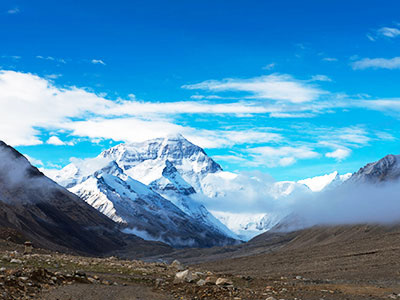
11 Days Lhasa to Everest Base Camp and Namtso Lake Small Group Tour by Train
Tibet train (from Xining) - Lhasa - Gyantse - Shigatse - EBC - Shigatse - Serling Tso - Namtso Lake - Damxung - Lhasa
Only From: USD1369
View Details -
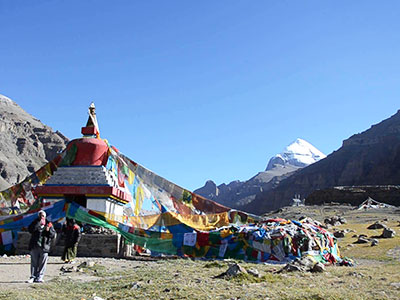
16 Days Kailash and Manasarova Small Group Tour by Tibet Train
Tibet train (from Xining) - Lhasa - Gyantse - Shigatse - EBC - Saga - Lake Manasarovar - 3 Days Kailash Trek - Saga - Shigatse - Lhasa
Only From: USD2136
View Details -
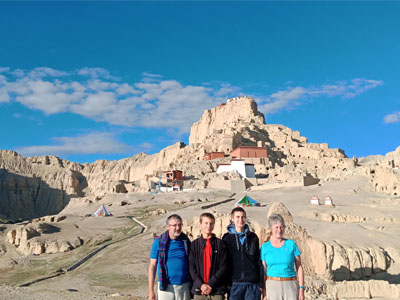
18 Days EBC Kailash and Guge Kingdom Tour with Tibet Train Experience
Tibet train (from Xining) - Lhasa - Gyantse - Shigatse - EBC - Saga - Darchen - Zanda - Kailash Trek - Darchen - Saga - Gyirong - Tingri - Lhasa
Only From: USD2285
View Details
Add-on Extensions of Everest Base Camp Tours
Still have time and need more explorations? Fantastic! Then, it’s highly advisable to cover the following three in-depth tours.
Know before Your Everest Base Camp Tour
-
1. Where is Everest Base Camp in Tibet?
Lying in the far west of Tibet, near the border with Nepal, Everest Base Camp (EBC) is one of the most popular destinations in Tibet, and is visited by thousands of tourists every year. The world’s highest mountain lies right on the Sino-Nepal border, with the border line running right across the summit. 12 kilometers to the north of the summit lies the tourist base camp, around half way between the mountaineer’s base camp and the Rongbuk Monastery. The base camp lies at an altitude of 5,200 meters above sea level, making it one of the highest points on the plateau that you will visit.
From Lhasa, it is around 612 kilometers to the base camp, although the trip to EBC can take around three days from the Tibetan capital, stopping at various highlights of the Tibetan plateau along the way. From Shigatse, the first stop along the route after leaving Lhasa, it is only 343 kilometers, though you will stop again at Rongbuk Monastery, 8 kilometers from the base camp, before finally arriving. For those traveling from Nepal across the Sino-Nepal border at Gyirong port, it is around 334 kilometers from Gyirong Town to EBC, which is around 24 kilometers from the border. On the other side of the border, it is approximately 140 kilometers from the border port of Rasuwa Gadhi to Kathmandu, making the total distance from Kathmandu to EBC by road as around 498 kilometers.
-
2. What are the required travel documents for an Everest Base Camp tour in Tibet?
If you are planning a tour to EBC, then you will require several different permits and passes to get to the base camp from Lhasa, which are obtained by us on your behalf. The main permit is the Tibet Travel Permit, which is obtained from the Tibet Tourism Bureau in Lhasa prior to your trip, as it takes around 20 days to process. The permit is required to enter Tibet from China or Nepal, and for travel in the Lhasa area.
You will also need the Alien’s Travel Permit, for travel in the opened areas outside Lhasa, such as Shigatse Prefecture, where Mount Everest lies. This is also obtained from Lhasa, but will be applied for by your guide once you arrive. The Frontier Pass, which is also applied for by your guide when you arrive in Lhasa, is required for all travelers that are traveling in the areas of the Chinese border with India, Nepal, and Bhutan, and is a main requirement to get to EBC.
If you are traveling to Tibet from China, then you will also need a Chinese Entry Visa in order to get into China before heading for Tibet, which must be obtained personally from your nearest Chinese Embassy. For those entering from Nepal, you will be issued with a Group Tourist Visa by the Chinese Embassy in Kathmandu once you arrive in Nepal, which will be applied for on your behalf by our agent in the Nepali capital.
-
3. Is there age limit for Everest Base Camp Tour?
There is no special regulation on the age limit for Everest Base Camp tour, as long as you are healthy and fit. However, considering the high altitude and arduous travel routes to Everest Base Camp, it is not so safe for tourists who are too old or too young, say above 80 or below the age of 7. But there are some exceptional cases. In our clients, there is an 84-year old lady who made it to the Everest Base Camp. Also, a couple of tourists had enjoyed their trek to Everest Base Camp with their two little kids, one at 3 years old and one at 5. Enjoying an Everest Base Camp tours with kids or aged seniors is possible, but it is strongly advised to consult the doctor or do some physical examination at the first place.
-
4. How about the weather at the Everest Base Camp in Tibet?
The weather around the Everest base camp is inclined to be a little changeable, and a sudden storm can come in from nowhere, at almost any time of year. However, for most tours in the region, there are best times and worst times to visit the base camp from Lhasa. The best time to enjoy a clear view of the peak of Mount Everest is from April to May and from September to October.
From spring to autumn, the temperatures during the day are pleasant and warm, with bright sunny skies and clear weather, although you can get some rain in the summer monsoon months. July and August are the wettest months of the year, with February and March being the coldest months. However, even the monsoon is a good time to travel to EBC, as any rains normally fall in the late afternoon and evening, leaving the days dry and bright to explore. And in winter, the base camp is not as cold and bleak as people generally imagine it.
-
5. What is the accommodation like at Everest Base Camp?
As to the accommodation at Everest Base Camp, there are mainly two choices for tourists: the tent hotel at the base camp and the Rongbuk Monastery guest house. The Everest Base Camp tent hotels are put up by local Tibetans for travelers, with simple living conditions. Each tent has 10 beds with a yak-dung stove burning inside, offering a clean and comfortable shelter. And the tent host will also provide hot water, but shower inside is not possible.
The tent hotels are usually open to tourists from early April to late October, and would be taken down in winter because of the bad weather. Therefore, if you visit Mount Everest from November to Next March, you’d better stay overnight at Rongbuk Monastery Guesthouse. The guesthouse is located about 8 km from the base camp, and offers a relatively comfortable accommodation for tourists. Each room includes beds with electric blankets, power socket, hot water bottle, washbasin etc. And some rooms provide a sight of the Mount Everest.
-
6. Do I need to take a sleeping bag for my Everest Base Camp tour?
For most vacations, unless you are going camping, a sleeping bag is not really a necessity. However, for a Tibet tour to Everest Base Camp, you may be surprised to learn that your sleeping bag may become your best friend at night. When traveling to Everest Base camp, you will be staying in either Rongbuk Monastery Guesthouse or the tent guesthouses at the base camp itself. Both of these locations, while being excellent places to stay overnight, can get a little cold at night, even in the summer months, with temperatures dropping to freezing and below once the sun sets over the mountain.
You can bring your sleeping bag from home, or buy one in Lhasa. There are also sleeping bags for rent around the base camp, but those may be not very clean.
-
7. What are the best places to photograph Everest Peak?
Taking an impressive picture of the Mount Everest could be one of the most exciting moments during the Everest Base Camp tour. The best place to photograph the Everest Peak is at Gawula Pass, which is one the way from Lhasa to Everest Base Camp. At an altitude of more than 5000 meters, Gawula Pass provides a stunning panoramic view of the Himalayan ranges. Tourists can see 5 of the top mountain peaks above 8000 meters, including Mount Everest.
If you want to see the sunrise of Himalaya Mountains at the Gawula Pass, you need to stay at Tingri the day before and get up every early to drive up to the pass. Besides, Rongbuk Monastery, the highest monastery in the world, is also a good place to appreciate and take gorgeous pictures of Mount Everest. Looking to the south from the monastery, the Mount Everest is just like a huge pyramid near at hand, but awe-inspiring. While the only condition is that the weather is clear.
-
8. How to avoid altitude sickness during Everest Base Camp trek?
When taking the trek from old Tingri to Everest Base Camp, tourists will probably suffer from altitude sickness of different degrees, as the average altitude of the trekking trail is over 4,000m. It is recommended to fully acclimatize to the high elevation before you start the trekking. And during the trek, ascend slowly and have enough rest. Drinking enough water would also be helpful. The initial symptoms of altitude sickness include: losing appetite, nausea, dizziness, confusion, persistent headache, weakness, etc. If you suffer from altitude sickness, you’d better stop ascending or descend to a lower altitude. Otherwise more serious problems may occurs.
-
9. Is it dangerous to travel to Everest Base Camp in Tibet from Gyirong border in terms of altitude sickness?
Everest Base Camp lies at an altitude of 5,200 meters above sea level, and is one of the highest points that tourists will stay at in Tibet. Tourists traveling from Nepal usually come from Kathmandu, which lies at around 1,400 meters above sea level, below the minimum altitude where altitude sickness can be a risk. Once across the border at Gyirong Port, which is at around 2,700 meters above sea level, the risk of altitude sickness is already present, and this risk increases the higher you go, unless you acclimatize at a lower elevation first. Staying hydrated, eating plenty of vegetables and high-protein foods, and avoiding strenuous exercise, alcohol, and cigarettes, can all help to reduce the risk of altitude sickness as well as aid in acclimatizing.
It is NOT dangerous to travel from Gyirong Port to Everest Base Camp, despite the almost 3,000 meters difference, as long as you acclimatize to the altitude of Gyirong before heading off to EBC. Acclimatization to high altitudes is best done at an intermediate altitude between 2,400 and 3,200 meters, as it gives the body chance to adjust to the increased altitude and thinner atmosphere of the plateau region. Acclimatization can take from one to three days, although most people are felling better after just a day or two, and are ready to move on to higher altitudes. On a tour to EBC, you will spend at least two days acclimatizing before traveling to EBC, and from Nepal across the border, this is normally done at Gyirong Town, around 24 kilometers from the border.
-
10. What’s the cost of an Everest Base Camp tour?
The cost of your Everest Base Camp tour in Tibet largely depends on what tour you choose, whether the classic Lhasa to EBC tour or another similar tours package, and whether you choose a Small Group Tour or a Private Tour.
Small Group Tours are often cheaper, costing from around US$ 850 per person for an eight-day tour that starts and finishes in Lhasa. These are tours that are organized by us, with pre-set departure dates, and which will include other like-minded tourists that are traveling on the same route with you. Anyone can join in on one of our Small Group Tours, and the cost of the driver, guide, and vehicle is shared among the group, reducing the overall cost of the tour.
Private tours are the other option for traveling to EBC in Tibet, although they are usually more expensive, as you will need to cover the entire cost of the tour without sharing with other travelers (unless you are traveling as a private group of friends/family). The actual cost of the private tour depends on where you want to go and what you want to see, as well as how long you will be staying in Tibet and the hotel options you choose. While they are not for everyone, they are a very good option for those with no desire to join tours with strangers or for families and groups of friends that want to travel together. Our professional advisors are more than happy to help you decide on your private tour and give you a confirmed estimate of the cost.
 BACK
BACK

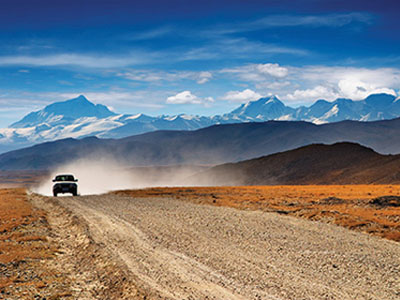
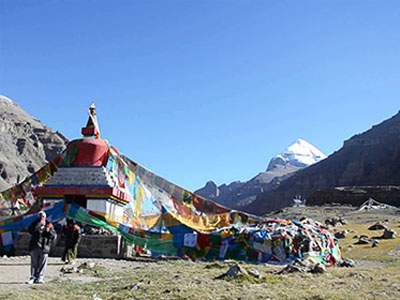
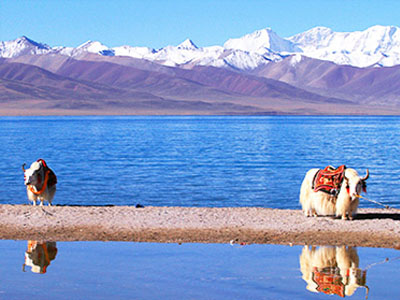
![Best Time to Visit Everest Base Camp in Tibet: A Complete Guide for [!year_txt!]](assets/images/tibet-travel-guide/best-time-ebc480.jpg)
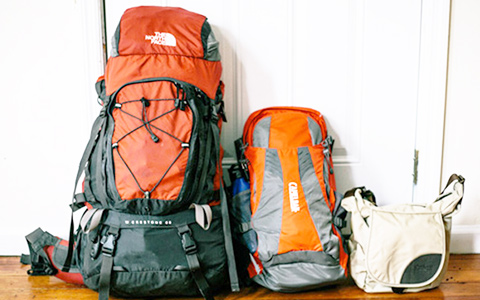
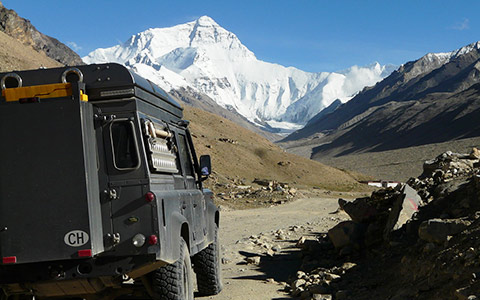
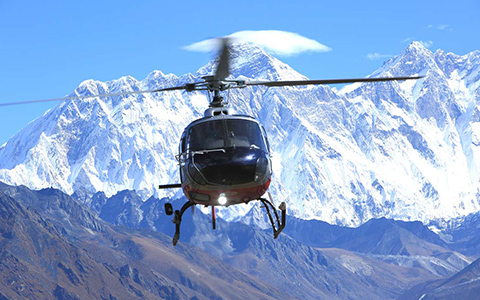
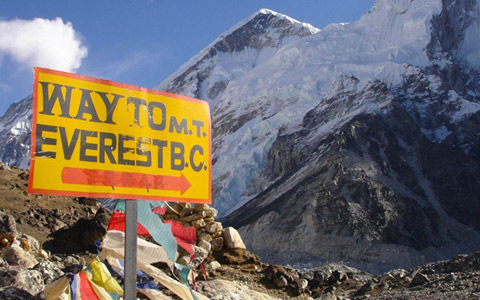
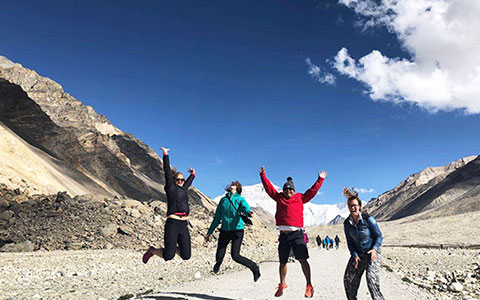
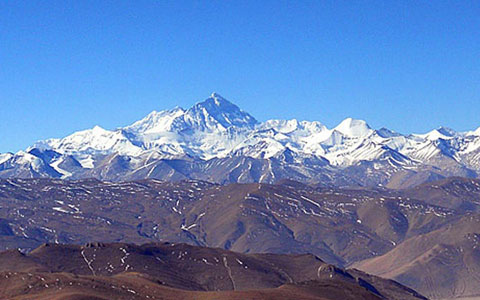
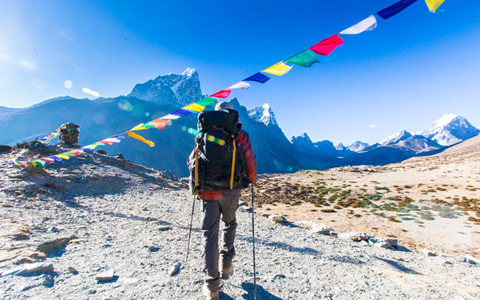
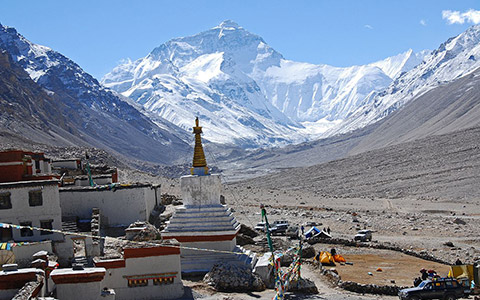
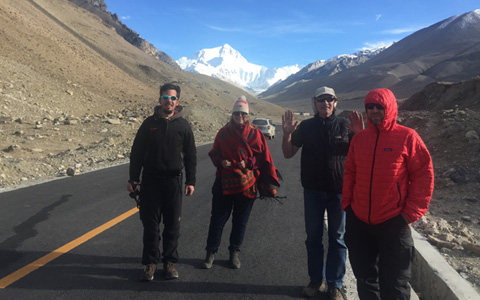
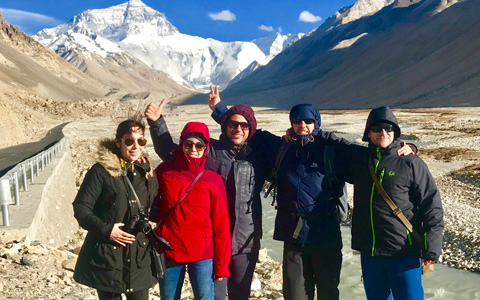
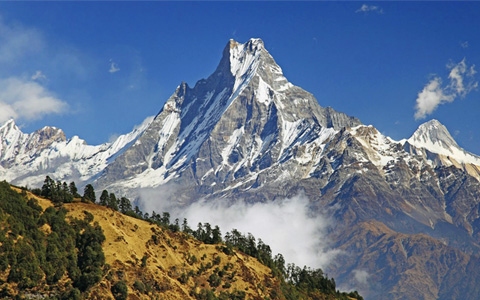
0 Comment ON "Everest Base Camp Tours"